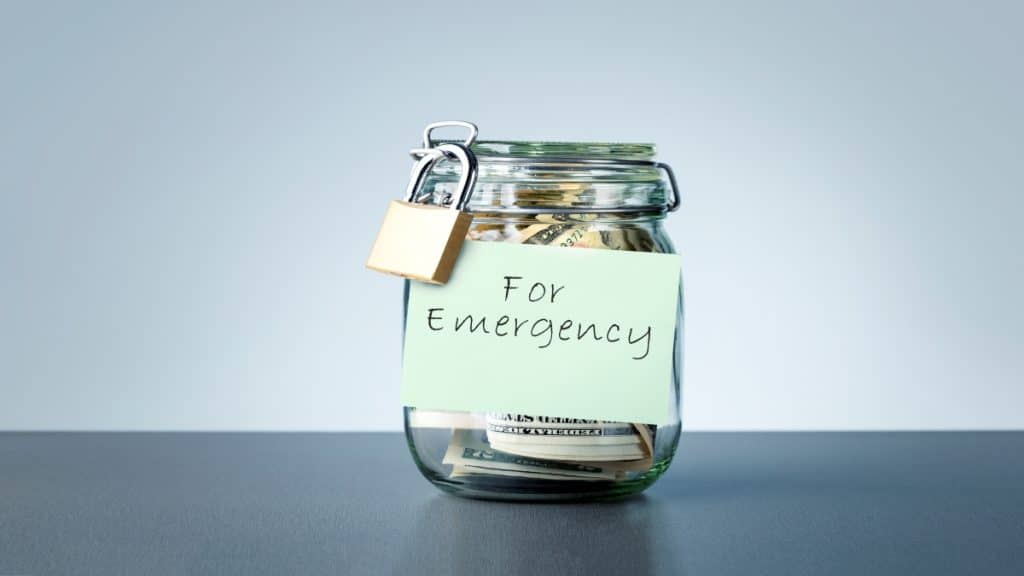
In today’s uncertain world, having a financial safety net is more important than ever. An emergency fund acts as a buffer against unexpected expenses such as medical bills, car repairs, or job loss. Building an effective emergency fund can provide peace of mind and financial stability. This article will guide you through the steps to create and maintain a robust emergency fund, ensuring you’re prepared for whatever life throws your way.
What is an Emergency Fund?
An emergency fund is a savings account specifically set aside to cover unexpected expenses. Unlike regular savings, which might be used for planned expenses like vacations or home improvements, an emergency fund is reserved for financial emergencies.
Key Characteristics of an Emergency Fund:
- Liquidity: The fund should be easily accessible in case of an emergency.
- Safety: The money should be kept in a low-risk account to ensure it’s available when needed.
- Specific Purpose: It’s not for everyday expenses but for unforeseen financial needs.
Why You Need an Emergency Fund
Having an emergency fund is essential for several reasons:
Financial Security:
An emergency fund provides a financial cushion, allowing you to handle unexpected expenses without going into debt.
Peace of Mind:
Knowing you have a safety net can reduce stress and anxiety about your financial situation.
Avoiding Debt:
With an emergency fund, you can avoid taking out high-interest loans or using credit cards to cover unexpected costs.
How Much Should You Save?
Determining the right amount for your emergency fund depends on several factors:
Monthly Expenses:
A common rule of thumb is to save enough to cover three to six months of living expenses.
Job Stability:
If your job is less stable, consider saving six to twelve months of expenses.
Dependents:
If you have dependents, you might need a larger emergency fund to cover their needs as well.
Steps to Build Your Emergency Fund
1. Assess Your Current Financial Situation:
Start by evaluating your current income, expenses, and existing savings. This will give you a clear picture of how much you can afford to save each month.
2. Set a Savings Goal:
Determine the total amount you need to save based on your monthly expenses. Divide this amount into manageable monthly savings goals.
3. Create a Budget:
Develop a budget that includes a specific amount allocated to your emergency fund each month. Cut unnecessary expenses and prioritize saving.
4. Open a Separate Savings Account:
Keep your emergency fund in a separate savings account to avoid the temptation to use it for non-emergencies. Consider a high-yield savings account to earn interest on your savings.
5. Automate Your Savings:
Set up automatic transfers from your checking account to your emergency fund savings account. This ensures consistent contributions without needing to think about it.
6. Reduce Debt:
Pay off high-interest debt to free up more money for your emergency fund. This will also improve your overall financial health.
7. Increase Your Income:
Look for ways to boost your income, such as taking on a part-time job, freelancing, or selling unused items. Use this extra income to accelerate your savings.
Maintaining Your Emergency Fund
Regular Contributions:
Continue to make regular contributions to your emergency fund, even after reaching your initial goal. This will help you stay prepared for larger or multiple emergencies.
Reevaluate Periodically:
Periodically reassess your financial situation and adjust your savings goal if necessary. Life changes such as marriage, having children, or buying a home may require a larger emergency fund.
Avoid Using It for Non-Emergencies:
Discipline yourself to use the emergency fund only for true emergencies. Consider having a separate savings account for other financial goals to avoid dipping into your emergency fund.
Replenish After Use:
If you do need to use your emergency fund, make it a priority to replenish it as soon as possible.
Tips for Effective Saving
Track Your Spending:
Keep a close eye on your spending to identify areas where you can cut back and save more.
Set Milestones:
Break your savings goal into smaller milestones to make it more manageable and celebrate your progress along the way.
Stay Motivated:
Keep your motivation high by reminding yourself of the peace of mind and financial security an emergency fund provides.
Use Windfalls Wisely:
Allocate any unexpected money, such as tax refunds or bonuses, to your emergency fund to boost your savings quickly.
Stay Disciplined:
Building an emergency fund requires discipline and commitment. Stay focused on your goal and avoid unnecessary expenses.
